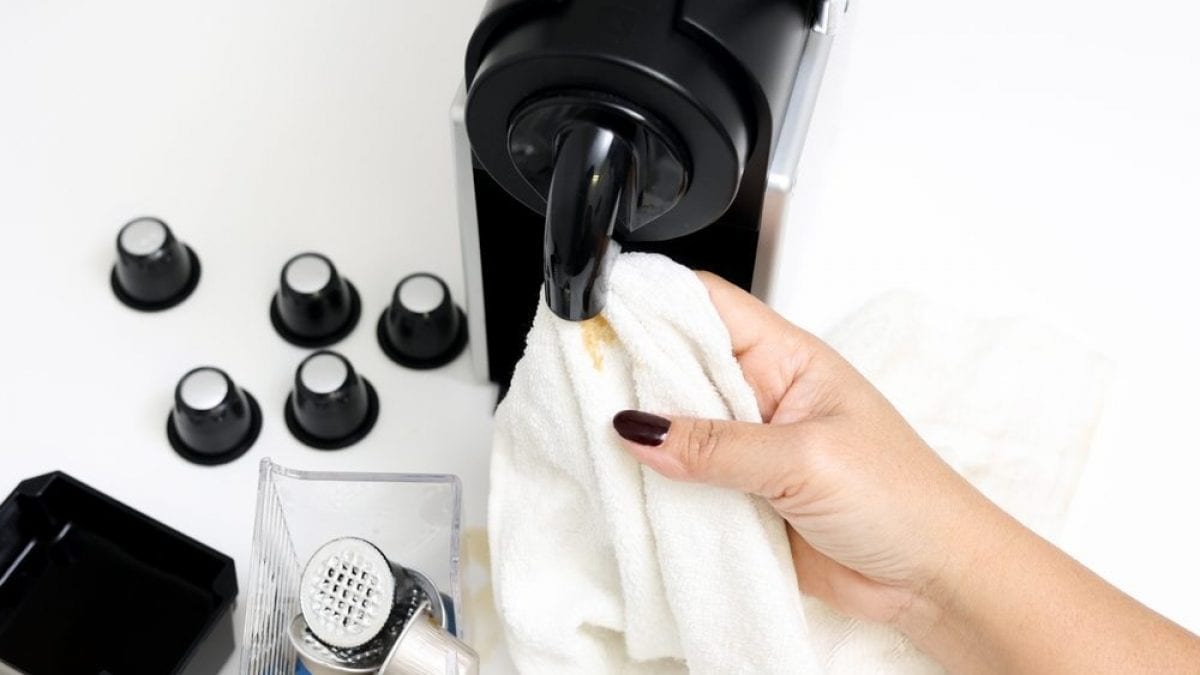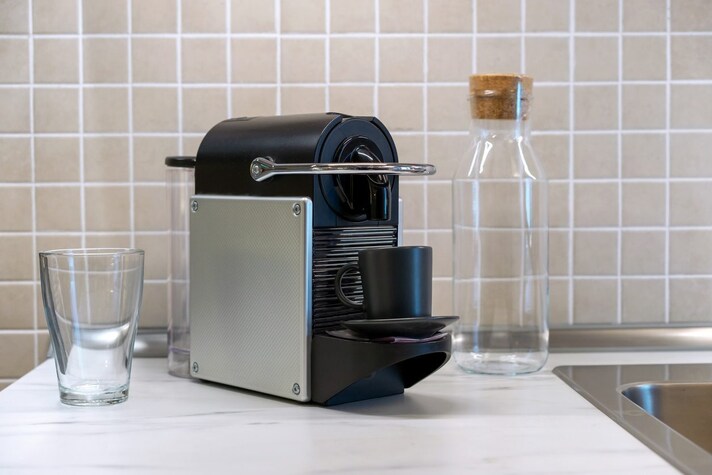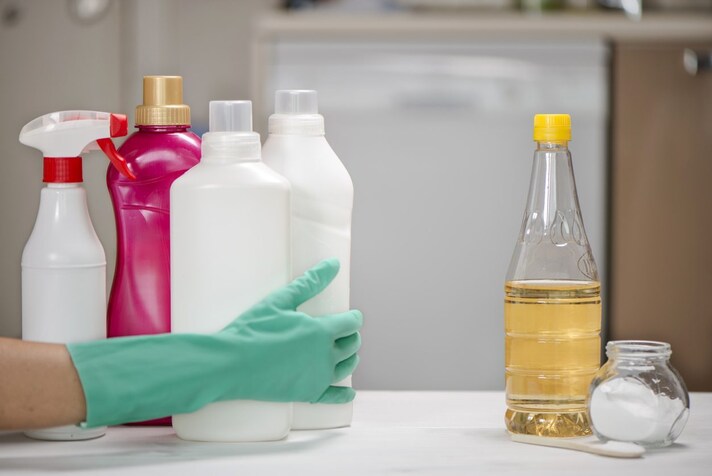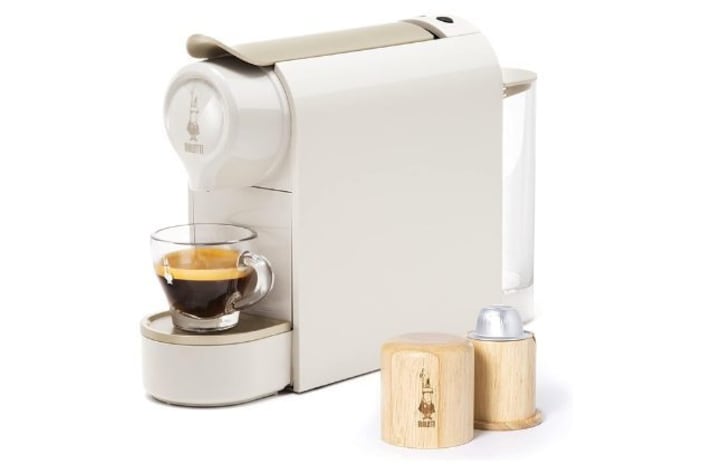
In Italy we love coffee so much that we have found an even faster way to prepare it than the traditional moka, a system that really makes us feel like we have a bar in our home: it is the espresso coffee machine, an increasingly popular household appliance because it is simple to use, fast and also has an attractive design that makes it a real piece of furniture. With pods, capsules, manual or automatic, the espresso coffee machine has become in just a few years a precious ally for those who want to transform drinking coffee into a moment of relaxation and pampering.
Like all household appliances, the espresso machine also requires a certain amount of maintenance to avoid it getting damaged. In particular, the worst enemy, in this case, is limescale: eliminating it with periodic maintenance is essential to ensure that the coffee is always good and the machine is clean, functional and lasts over time. Not only that: correct maintenance prevents the proliferation of impurities and bacteria that alter the quality of the coffee, as well as being a danger to your health. How often should the espresso machine be cleaned and what is the best way to do it? Here is a guide to take the best care of your appliance.
Limescale, Espresso Machine's Worst Enemy
The element that deteriorates the espresso machine the most is limescale. The water you use to prepare it, whether it is tap water or bottled, naturally contains minerals and, every time you heat it, these minerals slowly deposit creating limescale, which stratifies on the walls and internal parts of the appliance. Why is it a problem? Because limescale risks blocking the holes from which the coffee comes out, ends up clogging the pipes and also becomes a surface on which mold and bacteria easily attach.
Preventing limescale from depositing is not possible, but you can use some tricks to limit the damage in everyday life: one of the most effective is to use bottled water to fill the tank and prepare coffee, even better if you choose one with a low “fixed residue”, less than 50 mg/lm indicating minimally mineralized water and therefore with little limescale. There are also anti-limescale filters that you can apply to the sink tap to ensure that the water comes out purified and cleaner from limescale.

Regardless of the use of these systems, which are still excellent in everyday life, it is also essential to carry out regular maintenance of the espresso machine, a thorough cleaning that allows you to remove even the slightest residue of limescale from its interior. Unlike the moka, this machine does not require daily cleaning but approximately every 300 coffees dispensed or in any case every 3-4 months. Also pay attention to the signs: if you notice that the coffee has a different taste than usual, that the machine is noisier than normal or takes longer than it should to dispense the coffee, it means that it is time to proceed with descaling, regardless of how much time has passed or how many coffees you have prepared.
To descale you have two options: first of all you can use some specific products, descaling solutions that are usually offered to you at the time of purchase. They are different depending on the brand of espresso machine you have chosen to buy, but in general they are all non-harmful, odorless descaling products specifically designed for this operation. Otherwise you can use a series of natural methods, but not to be used too frequently.
How to Clean Your Espresso Machine Naturally
Alternatively, there are several natural methods that you can use instead of commercial descaling products, but remember that in general, however natural they are, they are always solutions that include acid elements (vinegar or lemon, for example) and that therefore in the long run could damage some parts of the machine, for example the rubber seals. It is therefore fine to use natural solutions but only for occasional cleaning: the ideal is to alternate between commercial products and natural products, in order to get the best of both.

With that out of the way, here are the best ways to clean your espresso machine naturally:
- Water and vinegar solution. As you probably know, vinegar has great disinfectant and cleaning properties, so it is also useful in this case. Prepare a mixture of 750 ml of water and 250 ml of vinegar and put it into the tank, remove any pods or capsules left inside and then turn on the machine as if you wanted to make a simple coffee. Place a suitable container in place of the cup and wait for the tank to empty, then simply rinse the parts again and reassemble your espresso machine. Remember that vinegar has a very strong and persistent smell, so before using the machine again to make coffee, make it do at least two or three "empty" runs, without the pod, running only the water to remove all the vinegar residues.
- Baking soda and lemon solution. Both ingredients are very useful for cleaning and are also suitable for descaling the espresso machine. Dissolve a spoonful of baking soda in a liter of water, add a spoonful of lemon juice, use the mixture to fill the water tank and turn on the machine, making it run empty. When all the water and baking soda solution is finished, rinse the tank and reassemble the machine, then run a few laps with just water to eliminate any residue.
- Citric acid. Alternatively, you can also use citric acid, a powerful descaling agent that can effectively remove limescale residue. In this case, you need to dilute about 10 g in a liter of water, then follow the same procedure: pour everything into the tank, start the machine empty and let it run until the solution is finished. Also in this case, before returning to prepare the coffee, it is advisable to run a few more empty runs with only water to eliminate any residue.
Step-By-Step Guide to Clean Your Espresso Machine Perfectly
Removing limescale is very important, but cleaning the outside of the other components of the espresso machine is also important: cleaning every removable part regularly allows you to slow down the deterioration process of the appliance and thus guarantee excellent coffee. How should you proceed?
- First of all, unplug the machine from the electrical outlet and, if you have just used it, wait until it has completely cooled down.
- At this point, remove any removable parts of the machine and proceed to wash them thoroughly using water and a delicate degreasing detergent and strictly by hand: the dishwasher is too aggressive a wash and would risk ruining the parts of the appliance.
- Generally, you can disassemble the tank, the removable container for used capsules, the drip tray and the cup holder grill; some models also allow you to remove the tube that connects the water tank to the boiler and the milk container (if there is one).
- After having carefully washed all the components, it is essential to let them dry completely before putting them back together: in this way, you will avoid the coffee coming into contact with humidity.

;Resize,width=767;)
